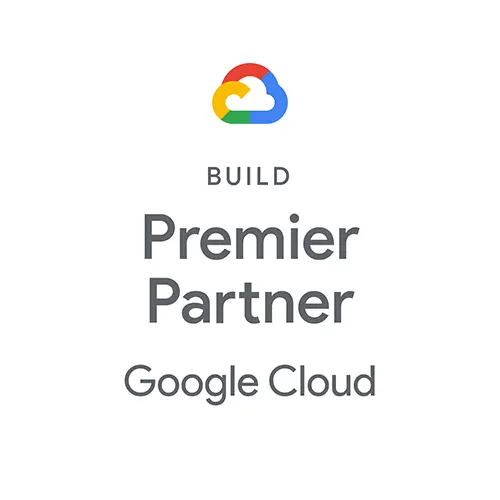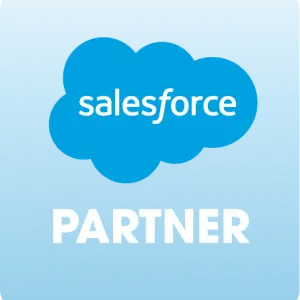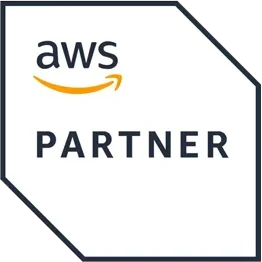How Do Software Companies Choose the Most Efficient Pricing Strategy?
There are three key questions businesses should ask to determine their software license pricing:
- 1. WHAT aspect(s) of my offering does the customer need or want access to?
- 2. HOW does the customer need or prefer to pay for my products or services?
- 3. HOW MUCH does the customer perceive the value added by my product or service?
Once you have answers to these questions, you can develop the right software pricing strategies.
Product Versatility
To create multiple software packages with a variety of pricing options across varied markets, you must first establish a value for each feature you offer and decide how to package it. By doing so, you can quickly and cost-effectively deliver the optimum solution to each customer, ensuring you meet all their needs without missing a revenue opportunity.
For example, you can deactivate or remove premium features from lower-cost “basic” software packaging that you offer to capture low-end markets. You can also charge a premium for access to innovative features that provide additional value to high-end customers or niche markets.
Access to Flexible Licensing Models
Flexible software license pricing helps your customers budget for and consume your services or offerings in a way that works best for their business. The reality is no matter how good or necessary your product for a company, if you do not offer a software license pricing model that aligns with how your clients do business, you risk losing out to a less attractive but more flexible competitor.
Flexibility is not always easy, as each individual customer is likely to have specific preferences for how they purchase goods and services. This means you must carefully consider your software pricing strategies.
Small, or start-up customers may prefer (or even need) to make many small payments with no long-term commitment. Large, complex enterprise organizations may prefer long-term, quarterly, or annual unlimited-usage plans. Large or small, companies want the ability to increase their usage as demand increases. Likewise, they should be able to easily reduce the number of licenses. At the heart of both scenarios is consumption-based pricing. Using this system means the company will only pay for the number of licenses they need. This is easy to measure, track, and manage using a third-party solution.
In addition, there are multiple factors influencing consumer preferences that will impact your software price management. These include everything from the market segment, the size of the organization, and even how critical the application is to your customer’s business.
Business Agility
Companies also demand business agility. Since businesses are always growing and adjusting their product by changing, adding, or removing features, customers do not want to be locked into a product that is not giving them the best ROI.
They want to have the right to stop paying for features they don’t use or which they no longer use. They also want to be able to add features that they either overlooked in their initial purchase or which you have added to your service offering. This means if you don’t have the ability to quickly change or update your software packaging to easily add features, it is much more difficult to monetize new R&D through existing customers. The outcome is that you add a lot of additional engineering work (and expense) to your go-to-market process.
If you cannot respond to evolving market and customer demands you create a significant opportunity for your competitors. This means that when you are designing your service offering, you must establish a clear separation between engineering and software packaging/delivery. Being able to adapt your services in real-time, without additional coding, prevents competitive evaluation and reduces your engineering costs and time to market.





